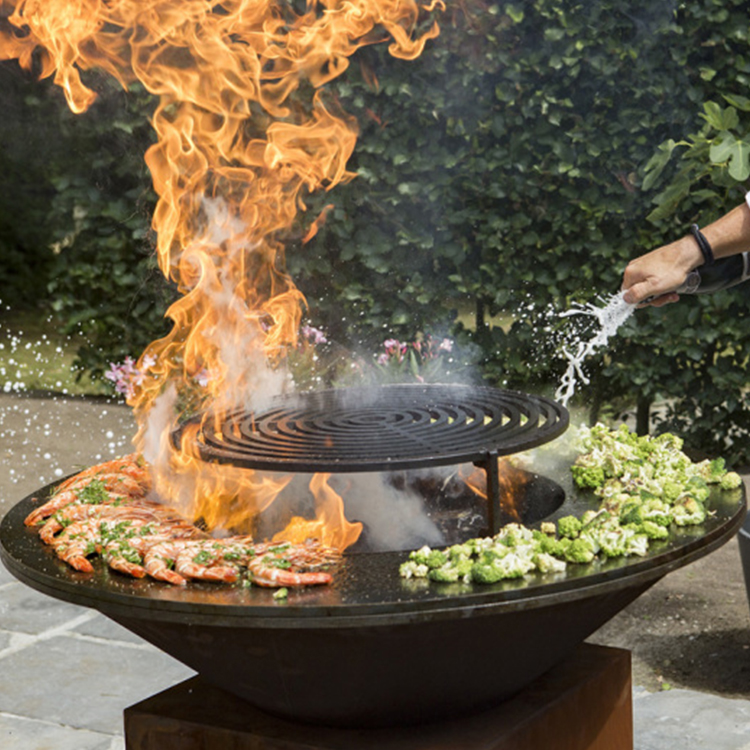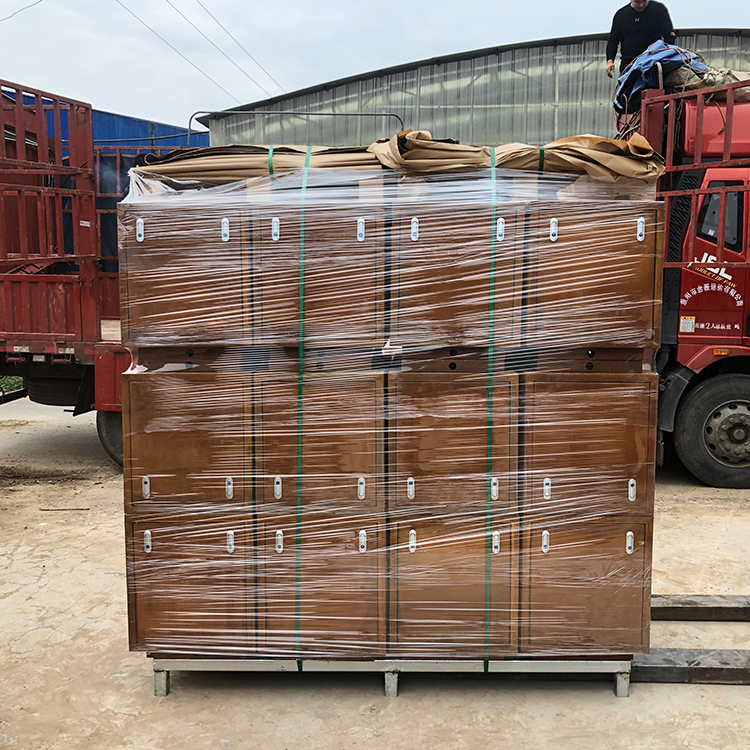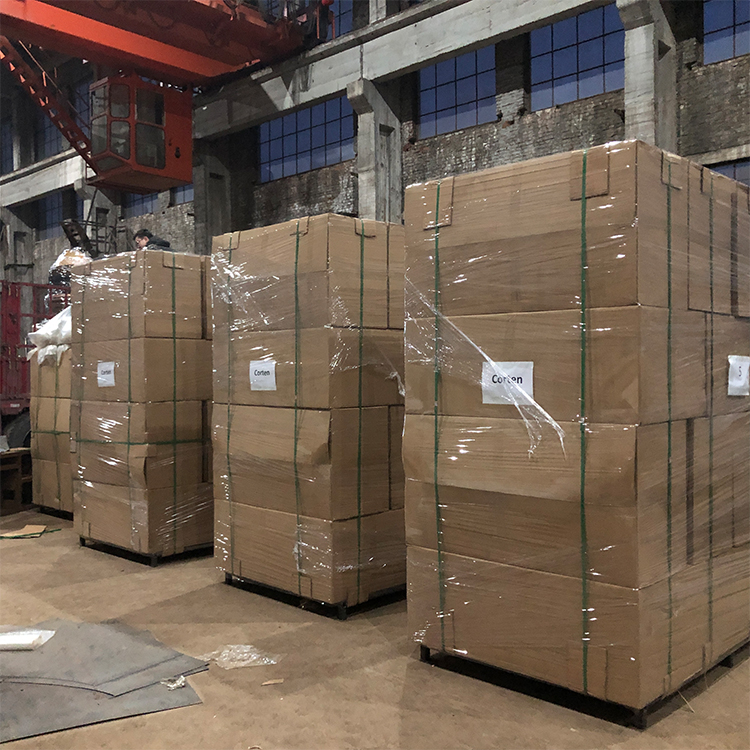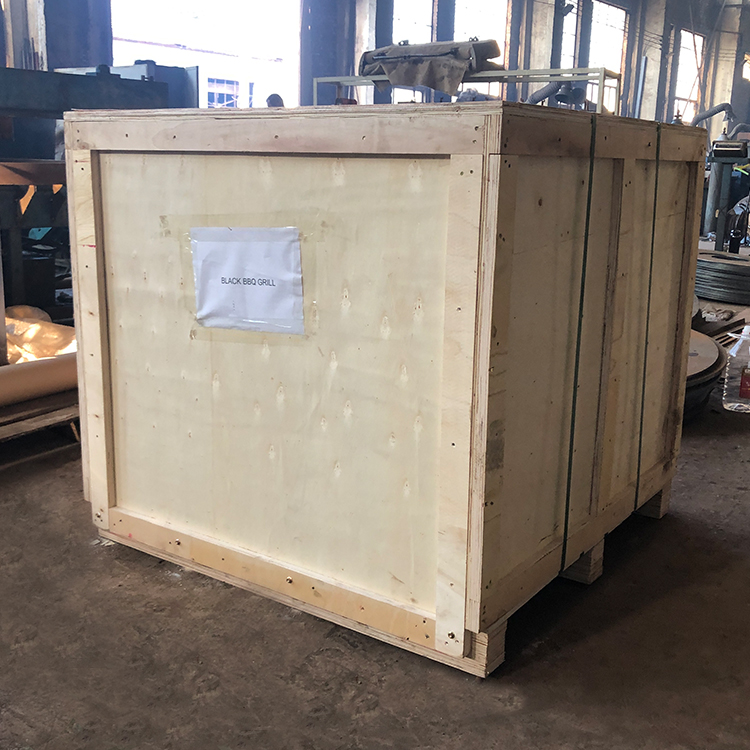Faster and easier to be the subject of the development of offset printing in the 21st century Since Ira W. Rubel accidentally invented offset printing in 1905, the offset printing technology has been continuously improving and developing. Each of the innovation achievements in the 20th century is the hard result of people's constant exploration and continuous practice. Automated printing, computer-to-plate CTP, waterless printing, and other new technologies have opened up new markets for offset printing. They will also continue with us into the next century. How to develop offset printing? Will there be progress in that area? The following is the blueprint of the offset printing for the 21st century that the experts described for us. John Markefe is a senior researcher at Condé Nak Baldwin Technology Co. He believes that the future of offset printing is full of bright and infinite hope. He presented his views in a report recently submitted to the Technical Association of Graphic Arts of the TAGA. He said that in the past 10 to 15 years, people have been working hard to increase the productivity of printing. The so-called printing productivity refers to the production volume per unit time divided by the unit time, that is, the ratio of output to consumption. So, in general, there are two ways to increase the productivity of printing: to increase production speed and reduce waste. “However,†he continued, “the increase in production speed has been widely considered by the industry in the past, and the current capacity of 15,000 copies per hour has almost reached the printing limit.†And the recent non-shaft drive technology, keyless ink supply System, newsprint printing, automatic blanket cleaning and automatic plate change, direct printing plate imaging, sheet-fed waterless printing, etc., will be a new way to increase printing productivity in the future. Mark Feet predicted that the design of printing machinery is also the direction of increasing the productivity of printing in the future. By improving the design of the printing press, the reduction of production costs and the reduction of capital investment can be realized. He concludes, "I think the press will be more and more simple, the operator's cost will be greatly reduced," and offset printing should therefore "will exist for a long time." Mike Clarke is a New York Cedar For five years, he has been the vice president of the Graphics Printing Company. His company in Long Island has been at the forefront of today's printing world. He has two Creo offline CTP platesetters, using thermal digital plate making (traditional and waterless). The direct imaging offset press (Quickmaster DI, Heidelberg) uses random screening and high-fidelity color technology. He believes that it is these advanced technologies that enable the company to provide users with high-quality printed products, and can maintain a low price, and the company's current prepress digital system is only the beginning of the entire printing automation in the future. He said that he very much agrees with Mark Feet’s point of view. “The full automation of the printing process will be the key to the survival of this industry.†Although he also believes that the artificial intervention in printing cannot be completely ruled out, the pre-press, printing, and printing of the League of Nations Post-integration agreement CIP3 will bring huge benefits to the printing industry. He said, “Our employees work hard, they get faster and faster, and they are more efficient, and the mission of the company is to provide them with the most advanced technical support. In the long run, you will find out whether it is the work of the company. Speed, productivity or product quality will be greatly improved.†When asked about the future development of printing technology, he said, “I only have these two letters DI in my head. Direct Imaging is destined for the future. The development direction of the printing industry.†As the pioneer and senior consultant of offset printing, Mitchell H. Bruno, starting from 1969, every two years in the International Association of Research Institutes for The Graphic Arts Industry read out a prospect of "The State of the American Printing Industry" at a conference held around the world. He believes that in the coming years (1999-2002), electronic prepress, CTP, and direct imaging will eventually replace the traditional plate-making method and become the mainstream of the printing industry. He also said, “The current public has been emphasizing digital printing, which has led people to mistakenly think that there is a strong tendency to replace offset printing, but this is far from the truth.†“Now traditional printing (offset, gravure, flexo) still occupies the printing market The share of 90% is that by 2010, the market share of offset printing will not be lower than 80%.†Then he said, below 400 pages, on-demand color or black-and-white short-run printing that requires constant change of settings is a color copier. And the advantages of digital printing, but because of price factors, digital (non-print) printing can only be limited to a limited market area. However, he also admitted that digital printing products will increase from 10% in 1998 to 20% in 2010, while offset printing products will decline from 46% in 1997 to 42% in 2002. “Offset printing has an absolute advantage in high-quality printing, but the increase in revenue in this area cannot compensate for its decline in other areas.†For example: narrow-format printing, black and white documents, business forms, price lists, leaflets, Table of contents and other aspects. Speaking of offset printing technology, he said that CTP will become the industry standard, and other hot plates, direct printing, and digital plates will become more and more common. The number of small platesetters and direct imaging offset presses will increase, and lithographic offset printing will continue to maintain its dominance in the high-quality printing field through waterless printing, random screening, color hi-fi, and so on. At the same time, he also believes that CIP3 can not completely replace all the work, to achieve full automation of printing in the entire sense. He said: "Invention and development of these tools can improve the predictability and stability of the work is desirable, but each job is different, such as printing a multi-page signature, each page is not the same color, produce each other Interference, this is a kind of color control work that can be done only by experience.†According to Bruno, this printing experience depends on education. When citing the National Training Program for Technical Workers and other education associations organized by other printing associations, he pointed out that this type of education is the cradle for future professional talents in the printing industry. In addition, Anthony Stanton, director of the Graduate School of Industrial Management and Graphic Arts Communication Management at Carnegie Mellon University, believes that managers of printing companies should have different skills in the future. He said: “People’s demand for graphic arts professionals is increasing, but I think that the emphasis should be on training students’ management skills in computers, communications, networking, and broadband technology, because digital printing covers a wide area. "The professionals who possess modern digital technology knowledge and understand graphic art products are the darling of the next century. "And I think that the content of teaching in printing will become less and less because the trend of printing is to work." It's getting easier and fewer and fewer operators are needed." Stan said that many students in their colleges have adjusted their orientation to the future. They are trying to learn communication technologies, such as database publishing and digital evaluation. , long-distance communication, internet, etc. are used in the printing field. For the future of offset printing, he said: “It will also be with us for a long time, because it is still the fastest, most efficient, and the best printing standard in our printing industry.â€
Advantages of charcoal barbecue:
Big fans of charcoal Stainless Steel Bbq Grill will never choose a gas barbeque. They do have a point: charcoal ovens can reach a ferocious 482 degrees Celsius on the surface of meat, much hotter than standard gas ovens without infrared burners. Using this heat allows the skin of steak and lamb chops to turn into our beloved pastry, while maintaining the red and pink color inside the meat.
Another major advantage of charcoal roasting is smoke, an interesting by-product of burning. Charcoal smoke contains a wide range of flavor molecules, especially when ignited. Gaseous fuels are simple molecules (CH4 is natural gas, C3H8 is liquid propane). If they were completely burned, there would be only water and carbon dioxide, no flavor. In order for a gas oven to produce smoke, wood must be added. When the fat and juice of food drips onto the burning charcoal, a great deal of smoke is produced. If there is only a brief encounter with smoke, it does not significantly alter the flavor of fast-cooking foods such as hot dogs, beef burgers, or even lean steaks. In thick cuts of steak and chicken, the flavor produced by the smoke can be clearly perceived. There is a noticeable difference in flavor if you use your corten steel bbq for a long, low smoke roast. The flavor of the smoke produced by the gas oven is very simple.
| Name | Outdoor gas grill corten steel metal barbecue |
| Material | Corten steel |
| Cooking plate Size | Diameter 1000mm |
| Base Size | 500*500*700mm |
| Thickness | Base:2mm, Cooking plate:10mm |
| Weight | 120KG |
| Packing | Pallet/carton/wooden box packing |



Packing
Packing will by pallet/carton/ wooden box,according to different demand.



Gas Bbq Grill,Propane Grill,Gas Barbecue,Natural Gas Grill
Henan Jinbailai Industrial Co.,Ltd , https://www.hnjblgrill.com